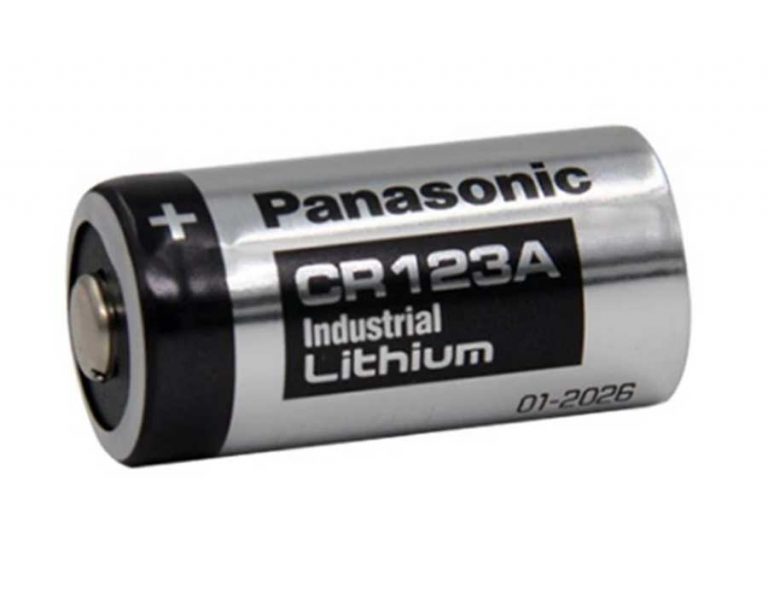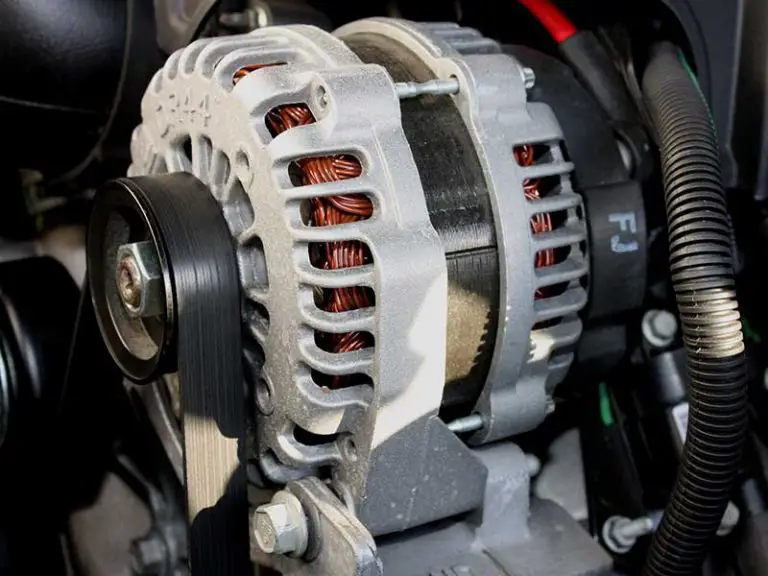Is a 12.4 Volt OK for a Car Battery?
The battery is one of the essential components of a car. However, a discharged battery is not useful in the car as it can’t start it. The voltage of the battery indicates whether a battery is charged or not. If the voltage of your battery reads 12.4 volts, you may be wondering if that’s OK for your car. Read on to find out.
A car battery is fully charged if the voltage is 12.6 volts. A decrease in this voltage can have a massive effect on the car. A battery voltage reading of 12.0 has lost 75% of its charge (25% charged). A battery voltage of 12.2 volts is about 50% charged, and 12.4 volts is about 75% charged. So a battery with 12.4-volt reading can be considered OK for a car.
What Is Battery Voltage?
The quantity of electrical potential of a battery is the voltage. In today’s automobiles, the primary automotive battery is a 12-volt battery. Each battery comprises six cells, each with 2.1 volts when fully charged. At 12.6 volts or greater, an automobile battery is completely charged. When the battery’s voltage lowers even slightly, it significantly impacts its performance. An automobile battery is charged when it has a voltage of 12.4 volts or above, even if it is not entirely charged. At 12.39 volts or below, the battery is discharged.

Understanding the Different Battery Voltage Stages
The voltage of all batteries significantly impacts how long they last. If you charge your battery to the highest capacity, it will last much longer than keeping it at a low voltage. To determine whether 12.4 volts is OK for a car battery or not, you must first understand the various voltage levels. The voltage levels of the battery are categorized as follows:
- More than 12.6V: the battery is fully charged and does not require further action.
- A voltage of 12.5V: the voltage is said to have dropped. It is perfectly OK to operate your car at this voltage. However, you can still charge it. It is preferable to use a good battery charger and consult the user manual before charging.
- 12.1V to 12.4V voltage range: it is highly recommended to charge your battery, half-discharged at this range, with a trustworthy battery charger. If you leave your battery at this voltage range for an extended period, it will severely shorten the lifespan.
- Less than 12.0Volts: When your battery reaches 12.0 volts, it is said to be ‘flat’ and should be charged immediately. If you use this voltage range for an extended period, it can damage the battery.
The chemical reaction in relation to voltage
A chemical process produces the electricity that is in a battery. In a lead-acid battery, the electrolyte, a mixture of sulfuric acid and water, combines with the active material inside the battery to produce electricity. The amount of sulfuric acid in a battery has a big impact on its voltage. The weight percentage of sulfuric acid should be 35 percent or more to get a voltage of 12.6 volts or higher. As the battery is discharged and the concentration of sulfuric acid decreases, the active material and sulfuric acid react to produce a new chemical. The battery’s voltage reduces over time due to the formation of the new chemical.
How to Determine the Voltage of a Battery
Checking the battery’s voltage will help determine if it needs to be charged or not. It is good to check the voltage 12 hours after the car has been turned off. The following step will help in checking the battery voltage:
- Get a voltmeter to check the battery voltage. Make sure the car is off before you check the voltage.
- Connect the voltmeter’s positive lead to the battery’s PO positive terminal. Also, connecting the negative voltmeter leads to the battery’s negative terminal.
- Check the readings on the voltmeter. The battery is fully charged if the voltmeter reads 12.6 volts to 12.8 volts. However, reading between 12.4volts to 12.6 volts indicates the battery is in good shape. Any reading lower than that means the battery needs to be charged for better performance.
Is 12.4 V Enough to Start a Car?#
A car battery with a voltage of 12.4V is enough to start a car and keep it going. However, it is recommended it gets charged. Once charged, the battery should have a voltage of 12.6 volts, fully charged.
What Voltage Should a Car Battery Show?
A fully charged battery should have a voltage of 12.6V to 12.8V. Voltage considerably lower than this can mean the battery needs to be changed. However, the voltage should be between 13.7 and 14.7 volts when driving the car.
Battery maintenance
The importance of maintenance cannot be overstated. Maintaining your battery can help extend the battery life and help keep the voltage up. here are some ways to maintain your battery:
- Regular checkups with your mechanics
- Make sure to clean the terminals and contact cables. Usage of the battery forms corrosion, while regular cleaning keeps it away.
- Coat all surfaces (thinly) with silicone dielectric grease before putting everything back together.
- Make sure you Label or color-code the cables so as not to place them wrongly on the battery terminal.
- Maintain the water level of lead-acid batteries for the proper functioning of the battery.
Conclusion
The battery powers the car using a chemical process to generate power. Without the battery, you can’t drive the vehicle. A way to preserve your battery is to regularly check the voltage level to determine if the battery needs a charge or not. The ideal voltage for the car is 12.6 volts. However, it is possible to use a vehicle with a battery voltage of 12.4V. Also, if the car is not driven regularly, it is vital to check the voltage frequently to ensure it doesn’t fall below 12.5volt when battery degeneration occurs more rapidly. You should charge the battery if it ever drops below 12.5 Volts.





